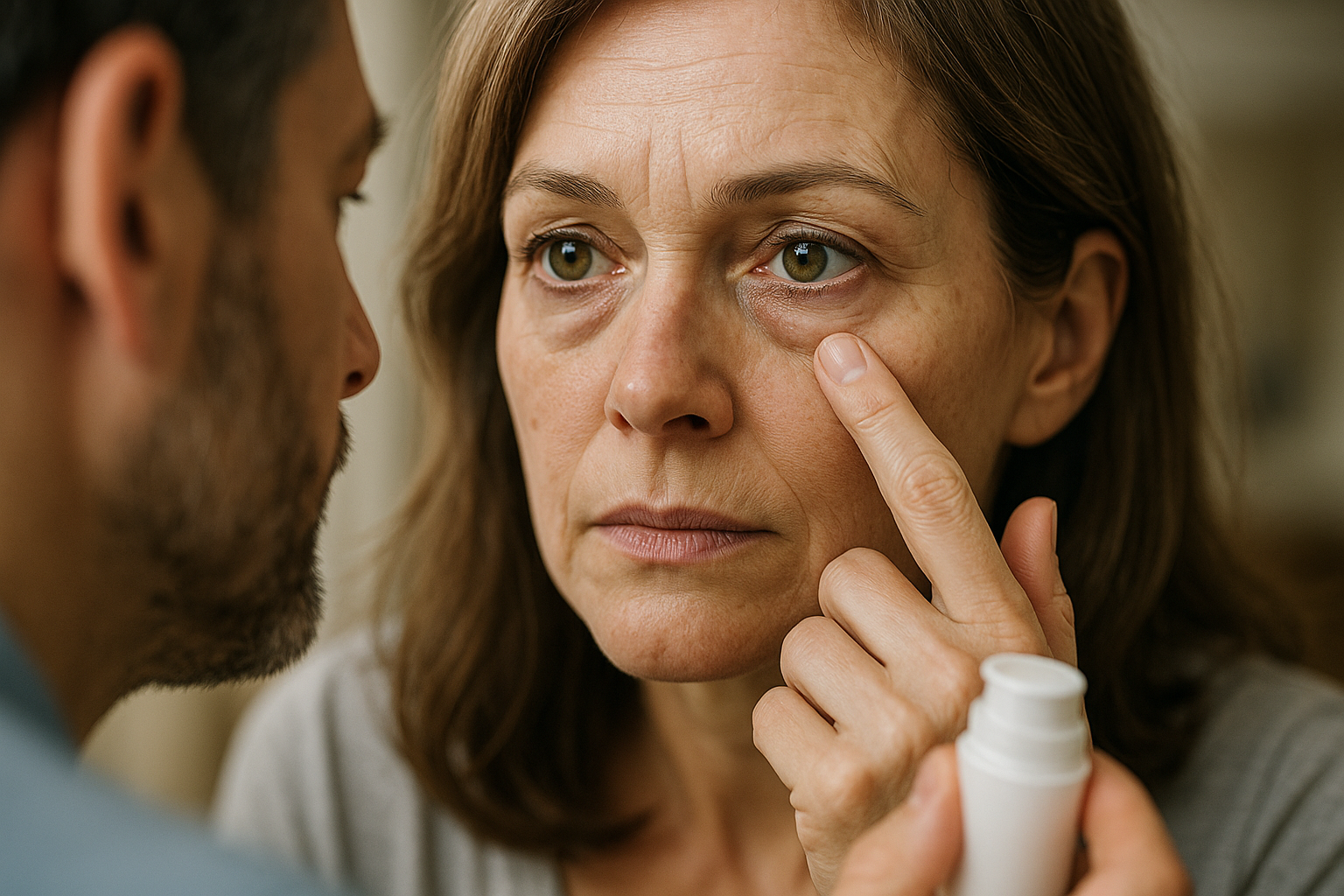Genital Psoriasis: Comprehensive Treatment Strategies
Genital psoriasis is a challenging condition that affects the intimate areas of the body, causing discomfort and distress for those who experience it. This article delves into comprehensive treatment strategies for managing genital psoriasis, exploring various approaches to alleviate symptoms and improve quality of life. From topical treatments to lifestyle modifications, we'll examine effective ways to address this sensitive form of psoriasis.

Understanding Genital Psoriasis and Its Impact
Genital psoriasis is a manifestation of the chronic autoimmune condition that affects the skin in the genital area. It can cause red, scaly patches, itching, and discomfort in sensitive regions such as the pubic area, vulva, penis, and buttocks. The condition can significantly impact a person’s physical and emotional well-being, affecting intimate relationships and self-esteem. Recognizing the unique challenges of genital psoriasis is crucial for developing effective treatment strategies.
Topical Treatments: The First Line of Defense
Topical treatments are often the initial approach for managing genital psoriasis. These may include mild corticosteroid creams, vitamin D analogues, or calcineurin inhibitors. It’s essential to use products specifically formulated for sensitive skin in the genital area, as regular psoriasis treatments may be too harsh. Gentle, fragrance-free moisturizers can also help soothe irritated skin and reduce scaling. Always consult a dermatologist before applying any topical treatment to ensure it’s suitable for genital use.
Systemic Medications for Severe Cases
In cases where topical treatments prove insufficient, systemic medications may be considered. These can include oral medications like methotrexate, cyclosporine, or newer biologic drugs that target specific components of the immune system. While these treatments can be highly effective, they require careful monitoring due to potential side effects. A thorough discussion with a healthcare provider is necessary to weigh the benefits and risks of systemic therapy for genital psoriasis.
Light Therapy: A Gentle Approach
Phototherapy, or light therapy, can be an effective treatment for genital psoriasis when used cautiously. Narrow-band UVB therapy, in particular, has shown promise in treating psoriasis in sensitive areas. However, it’s crucial to protect the genitals from excessive UV exposure. Treatment sessions are typically shorter and less intense than those for other body areas. A dermatologist can determine if light therapy is appropriate and provide guidance on safe application techniques.
Lifestyle Modifications and Self-Care Strategies
Managing genital psoriasis extends beyond medical treatments. Lifestyle modifications play a crucial role in minimizing flare-ups and promoting skin health. Wearing loose, breathable clothing can reduce friction and irritation. Gentle cleansing with fragrance-free products and patting the area dry instead of rubbing can prevent further irritation. Stress management techniques, such as meditation or yoga, may help reduce psoriasis flares triggered by stress. Additionally, maintaining a healthy diet and avoiding known triggers can contribute to overall skin health.
Addressing Emotional and Psychological Aspects
The impact of genital psoriasis on mental health should not be underestimated. Many individuals experience anxiety, depression, or decreased self-esteem due to the condition. Seeking support from a mental health professional or joining support groups can provide valuable coping strategies. Open communication with partners about the condition can also help alleviate relationship stress. Holistic treatment approaches that address both physical symptoms and emotional well-being are often most effective in managing genital psoriasis.
Comparing Treatment Options: Finding the Right Approach
When it comes to managing genital psoriasis, various treatment options are available, each with its own benefits and considerations. Here’s a comparison of some common approaches:
| Treatment | Provider | Cost Estimation | Benefits |
|---|---|---|---|
| Topical Corticosteroids | Prescription from dermatologist | $20-$100 per tube | Quick relief of symptoms, easy to apply |
| Calcineurin Inhibitors | Prescription from dermatologist | $100-$300 per tube | Non-steroidal, suitable for long-term use |
| Phototherapy | Dermatology clinics | $50-$150 per session | Non-invasive, effective for many patients |
| Biologic Drugs | Prescription from specialist | $10,000-$30,000 per year | Highly effective for severe cases, targets immune system |
Note: Cost estimations are approximate and can vary based on location, insurance coverage, and specific products. Always consult with healthcare providers for accurate pricing and to determine the most suitable treatment option for your individual case.
Genital psoriasis presents unique challenges, but with a comprehensive treatment approach, many individuals find relief and improved quality of life. Combining medical treatments with lifestyle modifications and emotional support can lead to better management of symptoms. It’s crucial to work closely with healthcare providers to develop a personalized treatment plan that addresses the specific needs of genital psoriasis. With ongoing research and advancements in psoriasis care, the outlook for those living with genital psoriasis continues to improve.
Disclaimer: This article is for informational purposes only and should not be considered medical advice. Please consult a qualified healthcare professional for personalized guidance and treatment.
The shared information of this generated article is up-to-date as of the publishing date. For more up-to-date information, please conduct own research.




